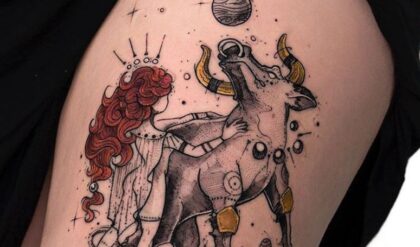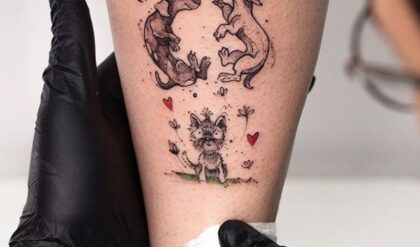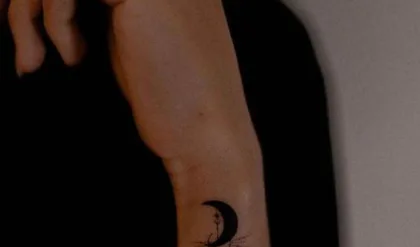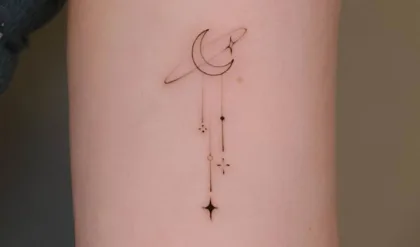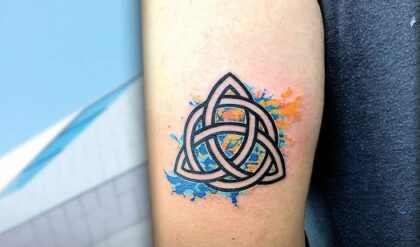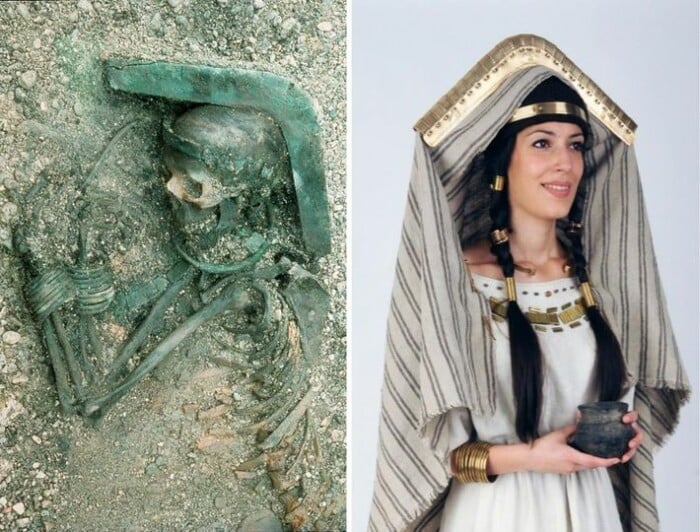
Four thousand years ago, in a land that is now called Lower Austria, a woman was laid to rest in a wooden coffin, covered by a huge stone slab. She was not an ordinary woman, but a rich and powerful one, who wore a stunning bronze headdress that no one else in her time had. Who was she, and what was the meaning of her unique headdress? This is the mystery of the Bronze Lady of Franzhausen.
A Cemetery of Secrets
The woman’s grave was part of a large cemetery that belonged to the Unetice culture, one of the earliest and most influential Bronze Age cultures in Europe. The cemetery, known as Franzhausen I, was discovered in 1981 by archaeologist Johannes-Wolfgang Neugebauer and his team. They excavated 716 graves, dating from around 2300 to 1600 BC. The graves contained various objects that revealed the social status, gender, and beliefs of the people buried there. For example, women were buried on their right side, facing south, while men were buried on their left side, facing north. Women also had more bronze ornaments than men, such as necklaces, rings, and belt hooks. Men had more weapons, such as daggers, axes, and spears. Some graves also had animal bones, pottery vessels, and stone tools.
But among all these graves, one stood out from the rest: Grave 110. It was located in the center of the cemetery, which suggested that it belonged to someone important. It was also larger and deeper than the others, and it had a wooden coffin and a stone slab on top of it. Inside the coffin, there was a woman who wore a magnificent bronze headdress that covered her ears and hung down on both sides of her face. The headdress had two large spiral discs that were decorated with circles and dots. The discs were attached to a bronze band that circled her head. The headdress also had two pendants that ended with small bells. The woman also wore other bronze ornaments, such as a spiral necklace, an arm ring, a finger ring, and two belt hooks. She had a pottery vessel near her feet and a stone axe near her head. She also had some pig, sheep/goat, and cattle bones in her grave.

A Woman of Power and Mystery
Who was this woman, and why did she have such a unique headdress? This is the question that has puzzled archaeologists for decades. There are several possible explanations for her identity and role in society.
One possibility is that she was a leader or a ruler of her community. She may have been part of a royal or noble family that had political and economic power over the region. Her headdress may have been a symbol of her authority and prestige, as well as her connection to the sun god or goddess that was worshipped by the Unetice people. Her grave may have been designed to reflect her status and honor her in death.
According to Wikipedia, “The most lavish [Unetice] burials have been compared to the broadly contemporary Wessex Culture burials of southern England.” These burials included rich grave goods such as gold cups, daggers, axes, and amber beads. They also showed evidence of sun worship, such as the famous Nebra Sky Disk, which depicted the sun, moon, stars, and horizon. The disk was found in Germany along with two bronze swords. It has been dated to around 1600 BC, which is roughly the same time as the death of the Bronze Lady of Franzhausen.
Another possibility is that she was a priestess or a shaman of her community. She may have been involved in religious rituals and ceremonies that involved communication with the divine or the spirit world. Her headdress may have been a tool or a device that helped her enter a trance state or enhance her psychic abilities. Her grave may have been filled with offerings and sacrifices for her afterlife.
According to Britannica, “The sun is often a prime attribute of or is identified with the Supreme Deity.” In many cultures around the world, sun worship was associated with spiritual enlightenment or illumination. The sun was also seen as the source of wisdom. These qualities may have been sought by the Bronze Lady of Franzhausen as a religious leader or practitioner.
A third possibility is that she was a foreigner or an outsider who married into a local elite family. She may have come from another region or culture that had different traditions and customs than the Unetice people. Her headdress may have been part of her original attire or heritage that she brought with her when she moved to Franzhausen. Her grave may have been an attempt to integrate her into the local society or to preserve her distinct identity.
According to Oxford Reference, the Unetice culture “embraces a series of regional groups” that had different styles and characteristics. For example, the Adlerberg group in the mid-Rhine area had different types of pottery and metalwork than the Unetice group in Bohemia. The Unetice culture also overlapped with other cultures in eastern Europe, such as the Nagyrév and Hatvan cultures. These cultures may have had different forms of social organization, religious beliefs, and artistic expressions than the Unetice culture.

A Headdress of Beauty and Mystery
Whatever the case may be, the woman’s headdress remains one of the most fascinating and mysterious objects from the early Bronze Age in Europe. It is unique not only in Franzhausen I cemetery but also in the whole region. No other similar headdress has been found in any other site or culture from this period. It is also remarkable for its craftsmanship and design. It was made of bronze, which was a rare and valuable metal at that time. It was also decorated with intricate patterns and shapes that required skill and precision to create.
The headdress also raises many questions about its function and meaning. What was its purpose? Was it worn only for special occasions or for everyday life? Was it meant to protect or adorn the wearer? Was it related to any specific cult or deity? How did it affect the perception and behavior of the wearer and others? These are some of the questions that archaeologists are still trying to answer.
The Bronze Lady of Franzhausen remains an enigma that challenges our understanding of the early Bronze Age society and culture in Lower Austria. She was part of a dynamic and diverse society that shaped the history and culture of this region for centuries to come. She was also a woman of power and mystery, who wore a headdress of beauty and mystery. She invites us to explore her world and her secrets, and to appreciate her legacy.
